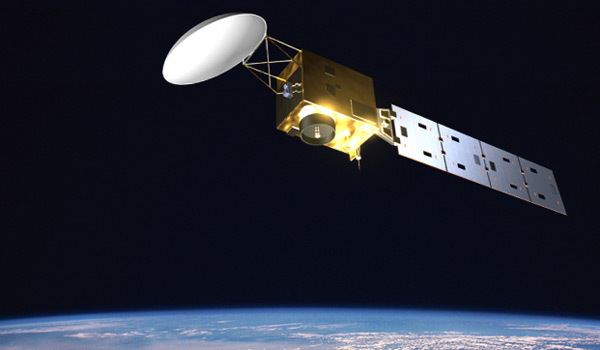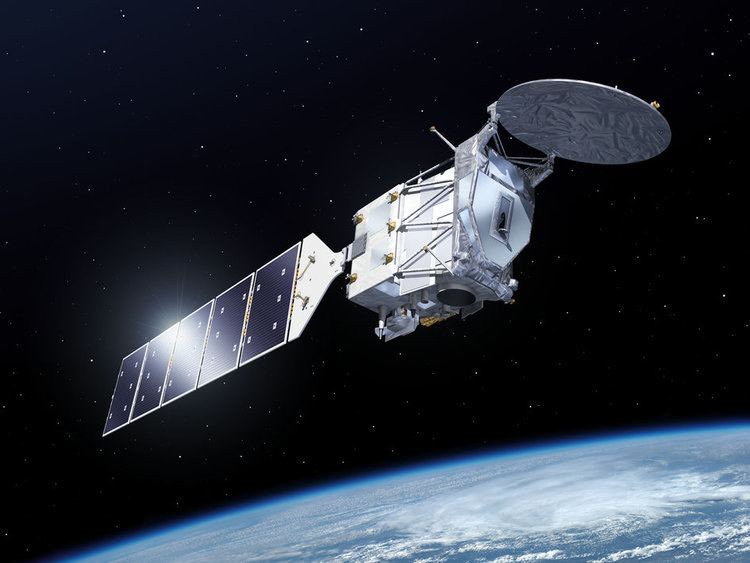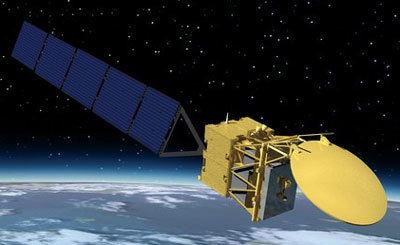Website EarthCare on esa.int Bus AstroBus-L Launch date 2018 | Mission duration 2 years (planned) | |
 | ||
Similar ADM‑Aeolus, PLATO, Jupiter Icy Moons Explorer, Advanced Telescope for High E, Sentinel‑5 Precursor | ||
The earthcare observation by mission instruments eng
EarthCARE is a planned joint European/Japanese (ESA/JAXA/NICT) satellite, the sixth of ESA's Living Planet Programme. The main goal of the mission is the observation and characterization of clouds and aerosols as well as measuring the reflected solar radiation and the infrared radiation emitted from Earth's surface.
Contents
- The earthcare observation by mission instruments eng
- Earthcare le satellite de pr vision m t orologique
- History
- Science
- References

Earthcare le satellite de pr vision m t orologique
History

In May 2008 ESA signed a contract worth €263 million (£220 million/$360 million) with EADS subsidiary Astrium. As the prime contractor, Astrium is responsible for the satellite's design, development and integration. Design and construction began in early 2009 while launch is due for 2016. EarthCARE is an acronym standing for Earth Clouds, Aerosols and Radiation Explorer, and the aims of the mission are to improve understanding of the cloud, radiative and aerosol processes that affect the Earth's climate. As of January 2011, the total budget for the project is £500 million (€590 million/$810 million). A significant proportion of the project will be manufactured in the UK, the main structure of the spacecraft will be built by RUAG Space in Switzerland and subsequently completed in Astrium's Stevenage facility, while one of the instruments will be made in Sevenoaks by SSTL and another in Bristol, Somerset by SEA Group Ltd, now part of Thales Alenia Space UK. In September 2014 ESA and JAXA held a joined EarthCARE International Science Workshop. From 2014 to 2015 an ongoing integration of the instruments takes place. In 2015 launch was postponed to 2018 due to problems with Lidar development.
Science

The satellite will make measurements useful for better understanding the Earth's thermal and solar radiation balance. In particular, a combination of active (lidar and radar) and passive (radiometers and imagers) instruments will enable EarthCARE to simultaneously measure the vertical and horizontal distribution of clouds and atmospheric aerosols along with Top-Of-Atmosphere (TOA) Long- and Short-wave fluxes.
The spacecraft will feature four distinct instruments:

